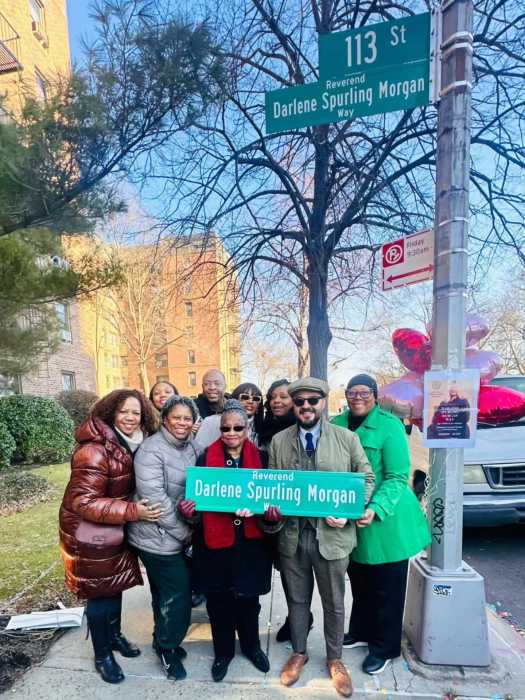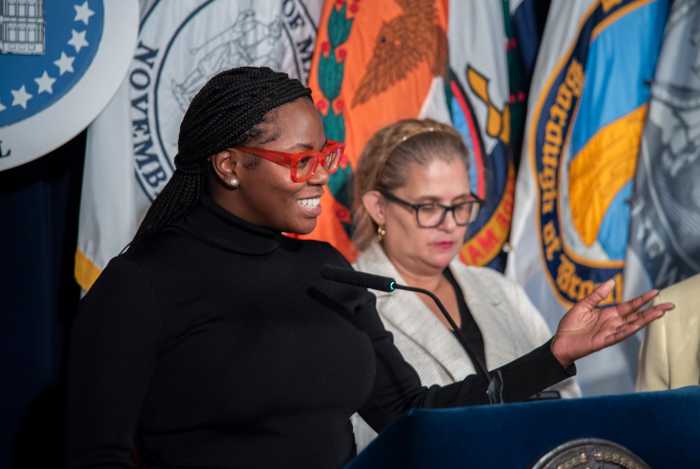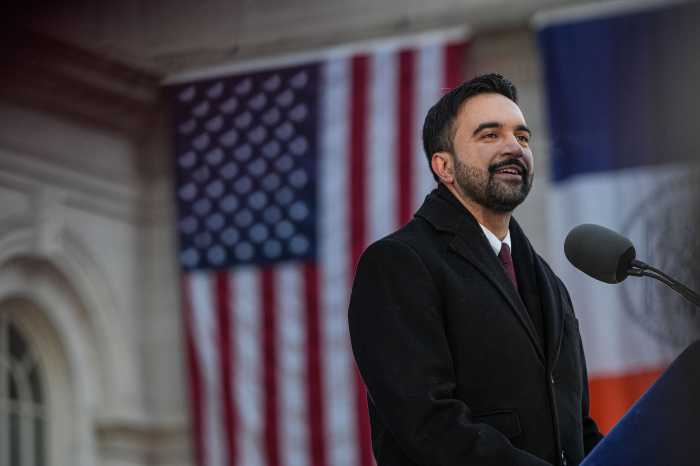By Sadef Ali Kully
Last week 20 college students ended their nature study on the impact of Hurricane Sandy on trees across Queens.
Since Hurricane Sandy in 2012, the federal, state and city agencies have collaborated to study its impact on the natural urban environment of the city.
The conservation organization, the Nature Conservancy’s Leaders in Environmental Action for the Future programs choose college students to help preserve and build green infrastructure, including tree and forests, while engaging and preparing urban youth for environmental leadership positions.
Dr. Richard Hallett, the research ecologist from U.S. Department of Agriculture Forest Service, which works with the city’s Department of Parks and Recreation, has been working with on the study of the hurricane impact on urban trees.
Hallett said flooding from Hurricane Sandy had the department take a closer look at the response of city’s trees to the impact and almost 20,000 public trees in the city were destroyed as a result of the storm.
“What I did not expect was the longer term health impact,” Hallett said. “The trees are stressed out.
Hallett said the college students from across the nation measured the trees, determined the height and width of the tree, and its health. He pointed out some city trees adapt better to the stress of their environment.
“Red maples are more tolerant and they seem to recover much better than a London Plane tree – which are not surviving the stress,” Hallett said.
Students checked the tree health metrics which included checking leaf growth, leaf discoloration and tree crown ratio for a broad-scale assessment of urban forest health, invasive detection, and long-term monitoring efforts.
“It’s like going to the doctor,” Hallett said. “We check its temperature to make sure it is okay. The volume, physical character, develop the way we rate the health of the tree.”
According to city Parks Department estimates, Sandy flooded 47,900 street trees in the city throughout the inundation areas. Eight months after the hurricane, city parks employees surveyed the inundation zones and found almost 10,000 trees that had not fully leafed out and estimated whether the tree had 0, 25, 50, or 75% of its leaves.
The four most impacted tree types were London Planetree, Maple species, Cherry species, and Oak species, according to the USDA Forest Service.
In a more focused study, USDA Forest Service Urban Field Station staff assessed the health of red maple street trees in Queens that were flooded by the storm surge, comparing them to red maples that were not impacted by saltwater.
Hallett explained preliminary analysis shows that flooded trees are significantly more stressed than those that were not flooded. These data will provide the basis for future work to understand the longer-term impacts of hurricanes and other disturbances on urban forests in coastal areas.
“It’s certainly not the last storm to impact our coastal cities,” Hallett said, “so we have to prepare and adapt.”
Reach Reporter Sadef Ali Kully by e-mail at skull



































